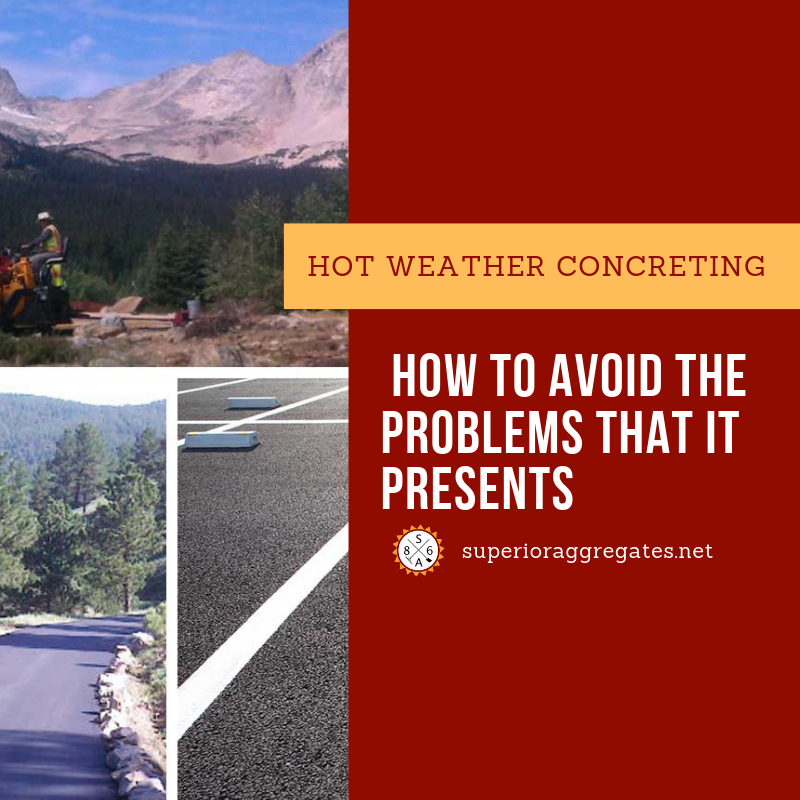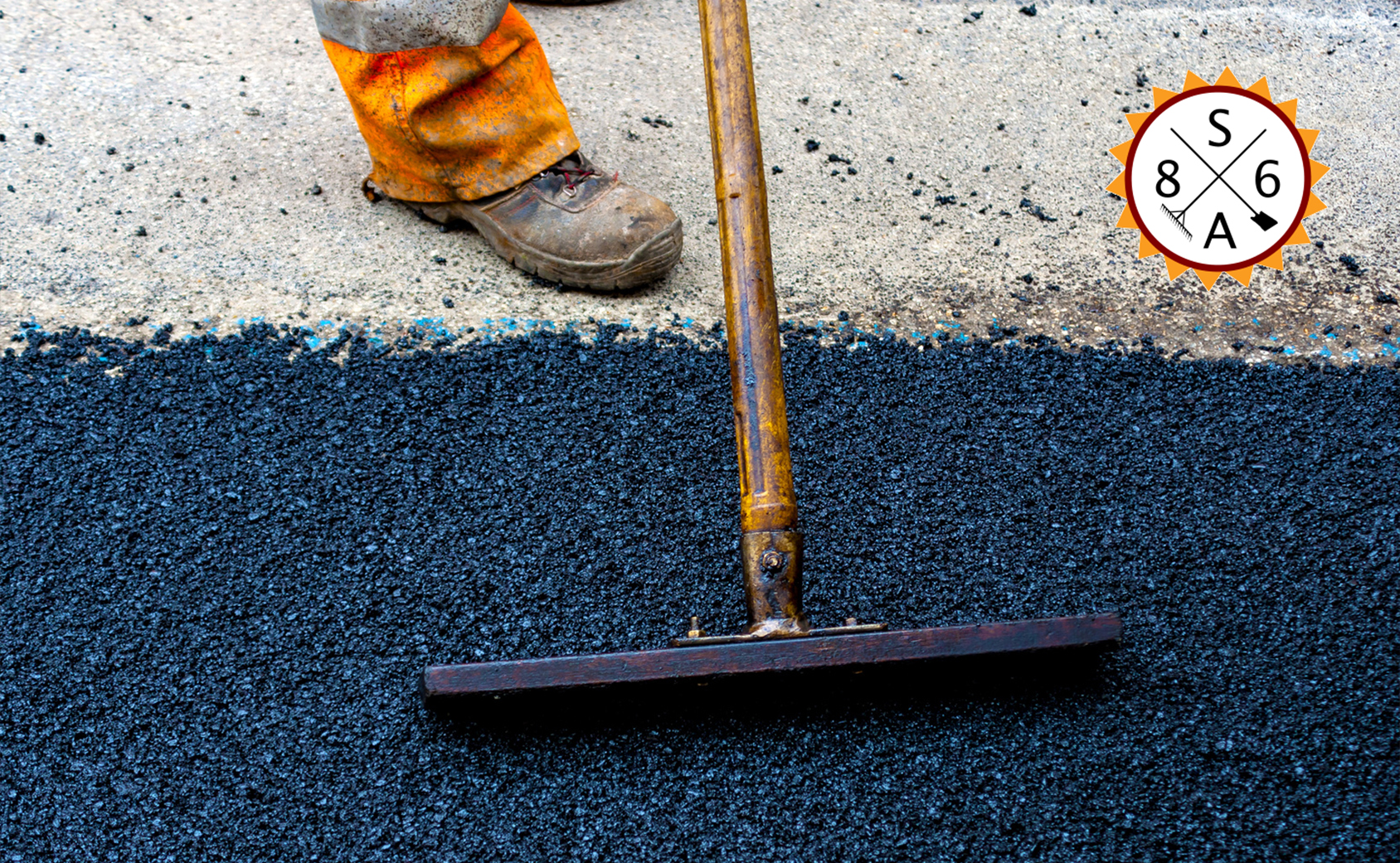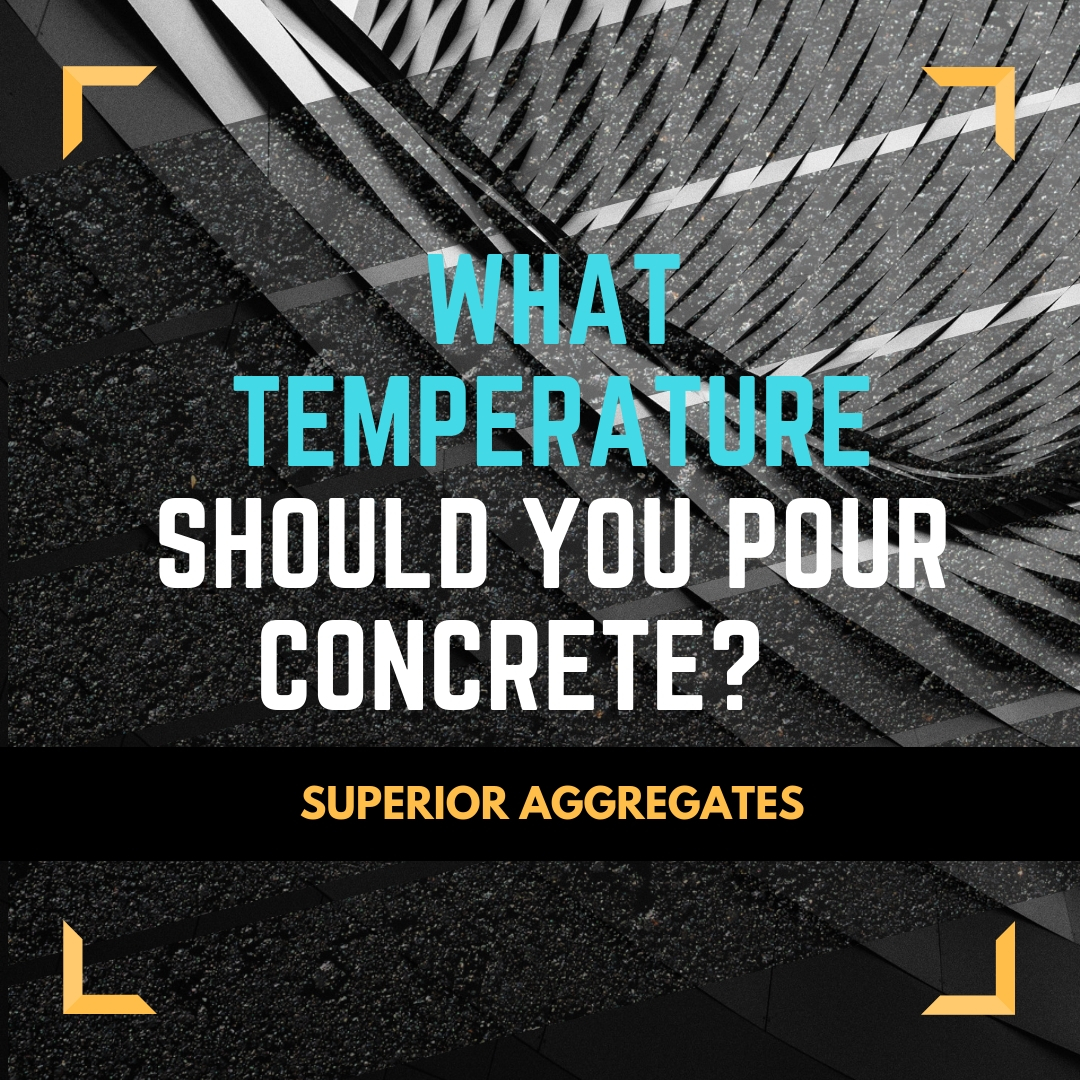
Jul 30, 2019 | Construction
The Perils of Concreting During Hot Weather And How To Avoid Them Hot weather concrete pouring can cause a myriad of problems. Many people think it is just about the heat itself but there is more to it than that. Many factors affect the quality and success of...

Apr 26, 2019 | Construction
Hiring the best concrete maintenance contractor is not always simple. You want a contractor who is honest, dependable, and qualified for the job at hand. Make sure you are asking the right questions when you interview a company. If you don’t, you could be paying more...

Jan 16, 2019 | Asphalt Paving
Improving the lot around your business is important for economic growth. A number of things can go wrong in the winter with all the ice, snow, and rain, and there are repairs that businesses should be making to their lot. This will help prevent flooding and damage to...

May 12, 2018 | Construction, Uncategorized
With over 31 years of expertise, Superior Aggregates provides you with dependable, quality service. We are Superior because we: Are confident; Work with you in defining your project needs; Perform in a timely manner; Get the job done right; Charge a reasonable amount;...









